JAN 2021 Blues Vol 37 No. 1
- Text
- Blues
- Ford
- Vehicles
- Enforcement
- Interceptor
- Calories
- Pursuit
- Dodge
- Departments
- Vaccine
Surfaced in 1975, the
Surfaced in 1975, the codenamed 9C1 was powered by a LM1 350-cid, four-barrel carbureted V8 engine, developing 155 hp. Unfortunately, the end of the 1970s, the oil crisis, which was about to ensue, and the stricter emission regulations slowly pushed big engines out of the cars and consequently, out of the force. In the early 1980s big engines were nearly extinct and police departments had to turn to the likes of Ford Fairmont or Plymouth Volare. Most of the police spec vehicles were the same with the ones built for taxi use. By mid 1980s the different ways and agencies to use police cars made for the creation of the current classes of police cars. The advent of the Sport Utility Vehicle (SUV) also opened the doors for government agencies to set themselves apart from regular police forces. Since the 1990s, police cars were classified as police pursuit vehicles (PPV), special service vehicles (SSV) and special package vehicles (SSP). The police pursuit vehicle is the everyday patrol car of a police precinct. It is fully equipped to handle just about every single type of situation, from regular traffic stops to high-speed chases and roadblocks. The special service package vehicles, mostly used by government agencies, are specially equipped SUVs, while the special service package ones come in the shape of sports cars. Basically, every type of vehicle out there has been used by the police at one time or another. At the beginning of each shift, sometimes it’s just the luck of the draw as to which shop you have the pleasure of driving that day. ... chevy’s turn. Chevrolet Nova When police departments wanted better performance and gas mileage, and could make do with a smaller car, the Chevy Nova was a popular choice. Chevy designated the Chevrolet Nova as a 9C1 Police Package and was tested as a prototype for the Los Angeles County Sheriff’s Department before becoming widely available from 1975 to 1979. The feature set of the police package included oversized front and rear sway bars, a high-output alternator, four-wheel disc brakes, HD steel wheels, a quick-ratio power steering system, stiffer body mounts, a dual exhaust, anti-stab steel plates in the front seatbacks, and a performance 3.08 final drive ratio from the 4.3-liter L99 V8 making 200 hp and 245 lb-ft of torque. 1996 Chevrolet Caprice 9C1 Starting in 1986, the Caprice would replace the Impala for the retail, taxi, and police markets based on the third-generation model which was launched in 1977. Like its civilian counterparts, the car would get a facelift in 1987 and would remain the same until 1990. The Caprice 9C1 was available with either a V6 or V8 in this generation. When the fourth generation 1991 model was released, the V6 was dropped and only two choices of V8 were offered (the 5.0 V8 carried from the former generation and 5.7 V8) and featured a digital instrument cluster unlike its civilian version’s analog interface, which would remain until 1993 when the LTZ version was introduced. When the 1993-96 model cars lost its rear fender skirts design, this increased the 9C1’s sales and appeal to law agencies, as this feature wasn’t popular on the 4th generation Chevrolet Caprice. Despite General Motors ending production of the fourth-generation model 9C1 Caprice in 1996, many police departments across the nation kept them in service a lot longer than most other police vehicles, reason being for lack of finding a good enough equivalent for replacement with decent fuel mileage for its large size, high horsepower, affordable sales pricing, and reliability. With General Motors leaving the police market in 1996, Ford’s second-generation Ford Crown Victoria police interceptor became the de facto police car, despite being more costly, but it too went away in 2011. Chevrolet Tahoe PPV When Chevrolet stopped making the Caprice in 1996 and Ford stopped making the only rear-wheel-drive police packaged car, Chevy decided to offer a police package of its V8 powered rear-wheel-drive Tahoe. At the time, many police departments were slow on the uptake of a full-sized SUV, but it was popular in rural areas despite an all-wheel-drive version not being available. It was an inch lower and faster than a standard Tahoe, despite all the heavy-duty and performance components added to bring it up to law enforcement specification. The Chevrolet Tahoe is still out there in full “Pursuit” spec and a valuable tool for law enforcement. 50 The BLUES POLICE MAGAZINE The BLUES POLICE MAGAZINE 51
- Page 1 and 2: The BLUES POLICE MAGAZINE 1
- Page 4: JANUARY 2021 FEATURES 26 COVID VACC
- Page 8: Well, here we are. If you’re read
- Page 12: (Mention this ad for an additional
- Page 16: Three Off-Duty Harris County Deputi
- Page 20: Grimm Start to 2021 - First LEO Dea
- Page 24: Webster Groves MO Officer Ambushed
- Page 28: specific flu strains are going to b
- Page 32: the room” He twisted the doorknob
- Page 36: A New Year’s Resolution Every Cop
- Page 40: A LOOK AT PAST, PRESENT & FUTURE WO
- Page 44: get allowed police cars to really t
- Page 48: eral Beacon Ray. By the 1960s, the
- Page 54: ADS BACK IN THE DAY 54 The BLUES PO
- Page 58: 2021FORD Ford Mustang Mach-E Begs T
- Page 62: 2021 DODGE 2021 Dodge Durango Pursu
- Page 66: THE FUTURE NOT THAT FAR AWAY WORDS
- Page 70: 2031 MODELS 2031 INTERCEPTOR PATROL
- Page 74: SHOW YOUR SUPPORT Shop for your ‘
- Page 78: ashlights epper spray BACK the BLUE
- Page 82: suspected anything more. When they
- Page 86: unning 4 heroes Zechariah Cartledge
- Page 90: Making a Difference and Breaking Do
- Page 94: Police Officer Tyler Avery Herndon
- Page 98: Taking them Under-Your-Wing makes f
- Page 102:
Hays County Criminal District Attor
Inappropriate
Loading...
Mail this publication
Loading...
Embed
Loading...

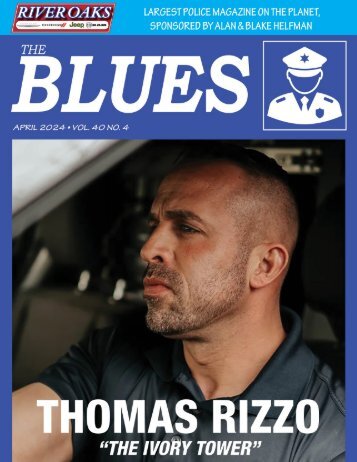
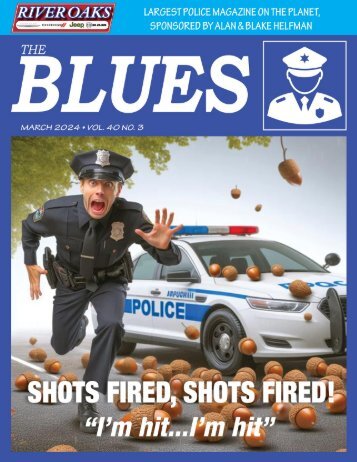

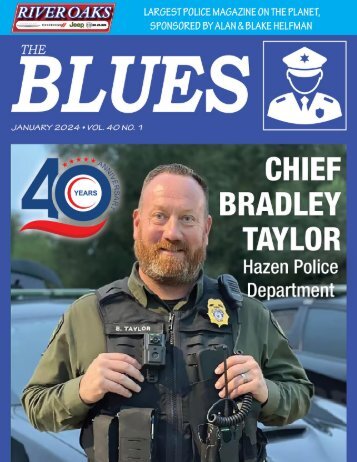
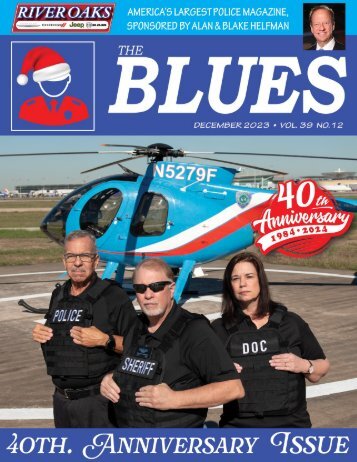
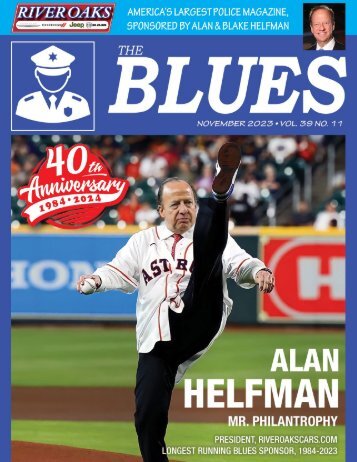

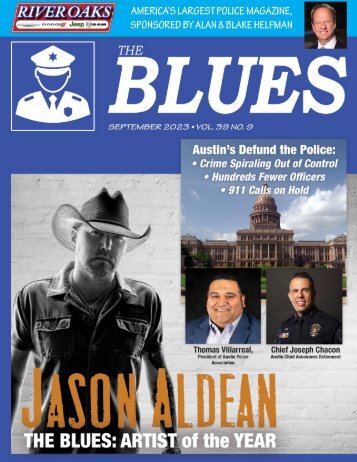
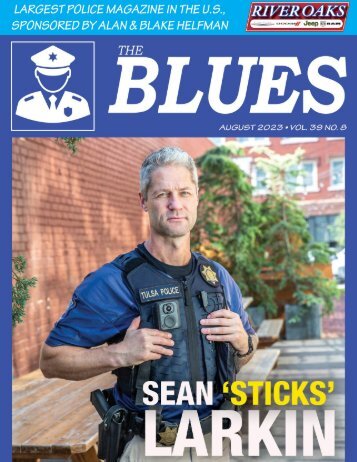
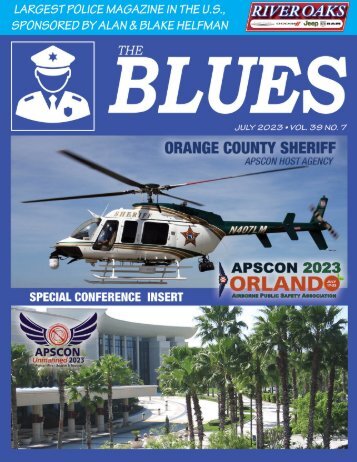
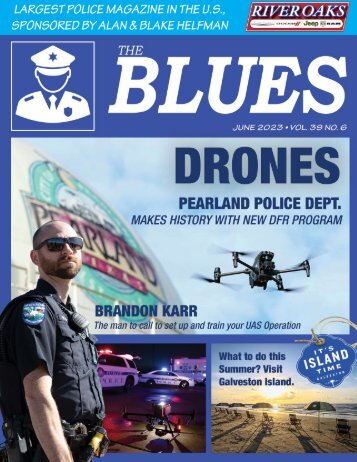
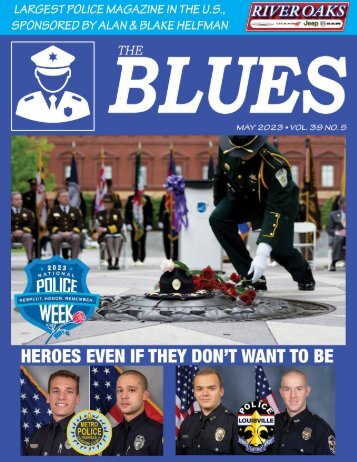
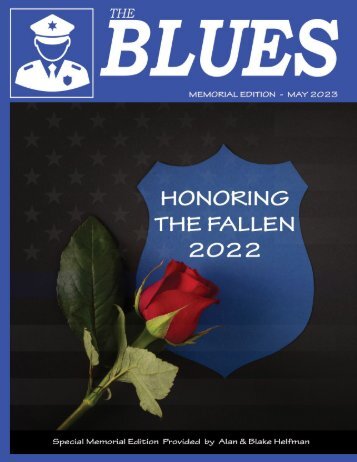
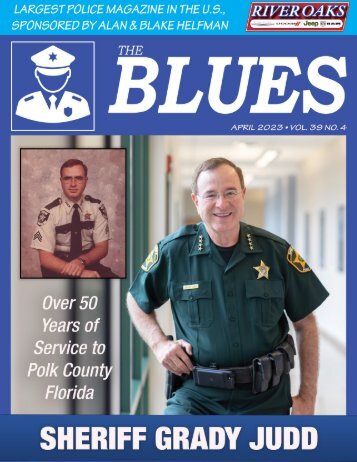
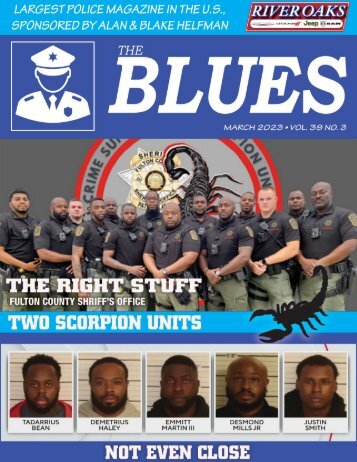
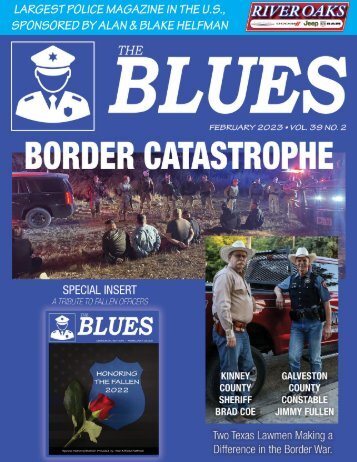
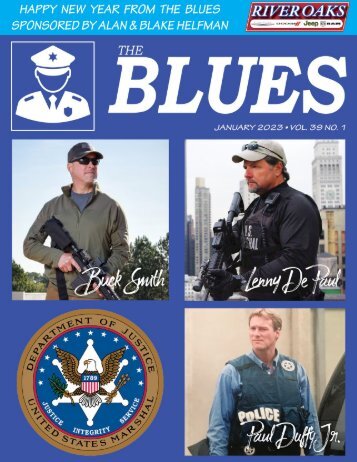

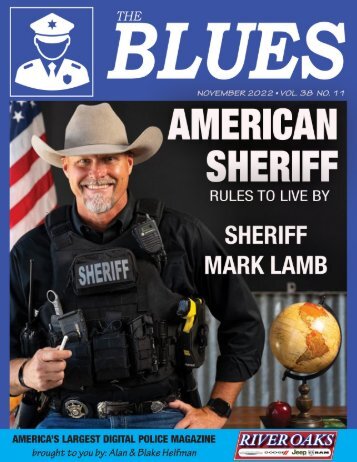
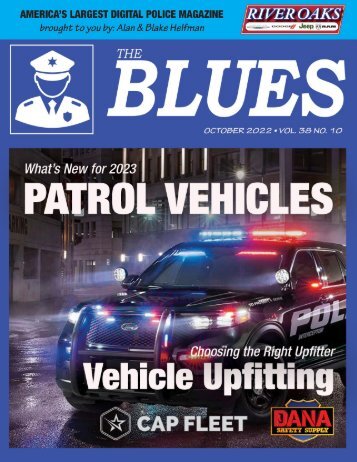
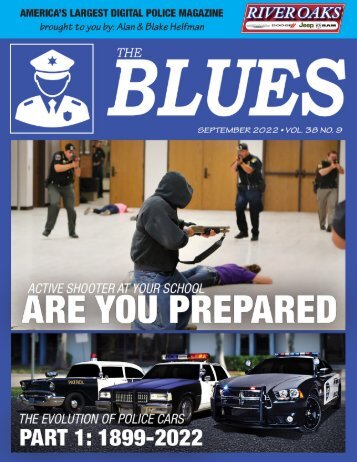
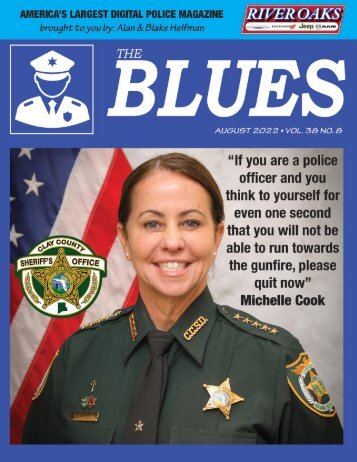
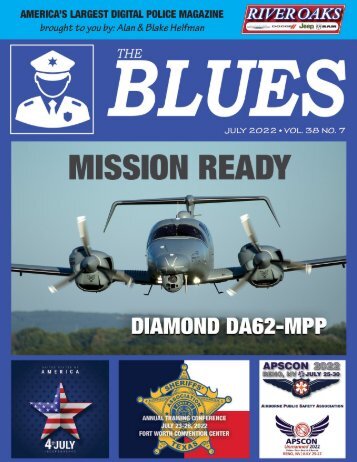
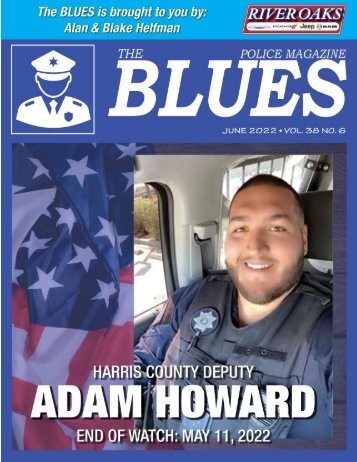
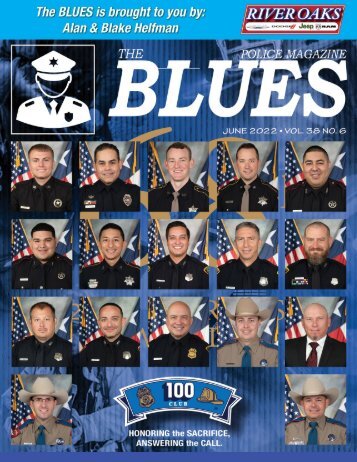
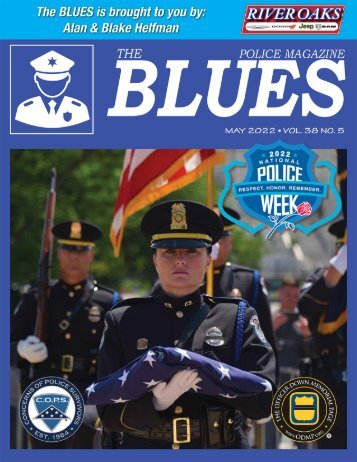
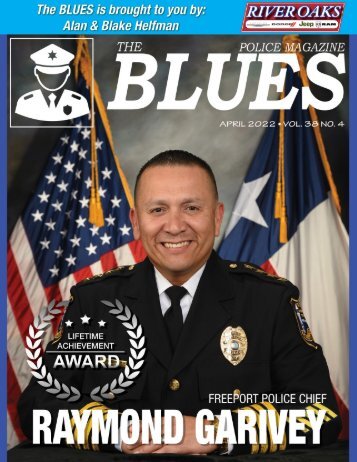
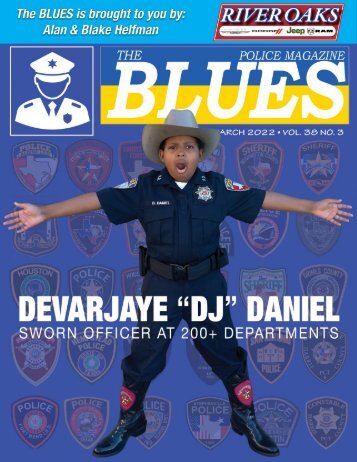
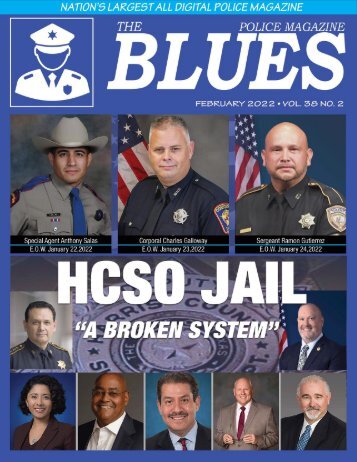
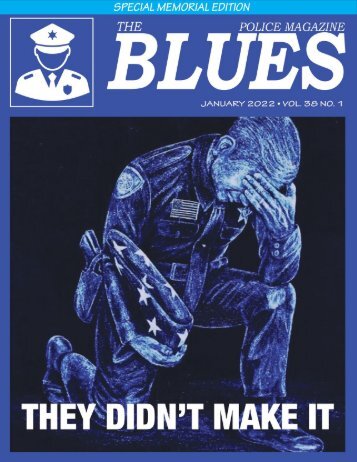
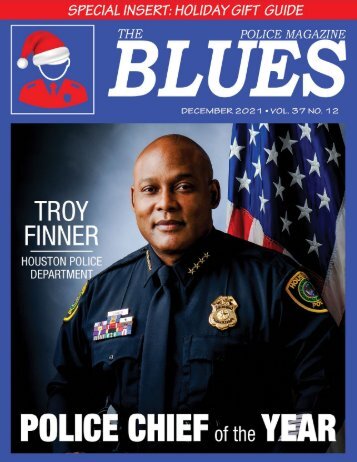

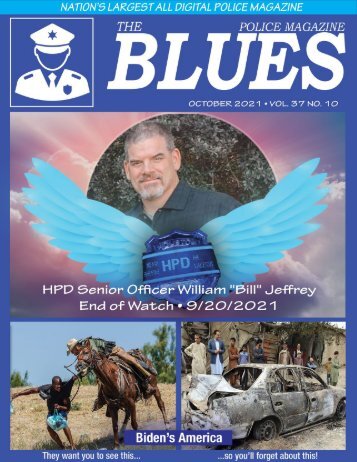




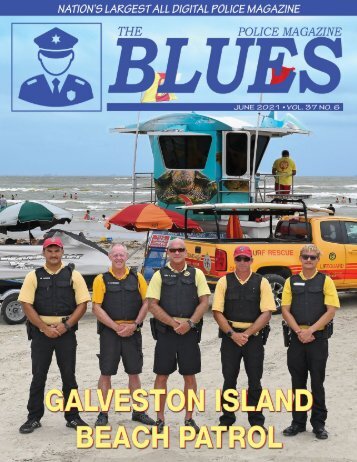


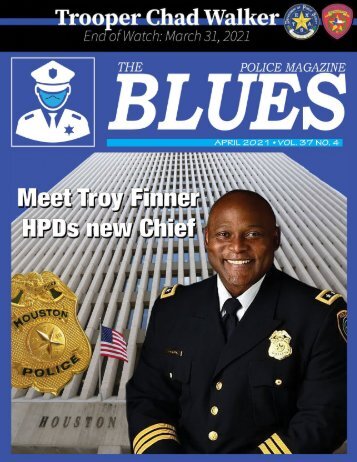
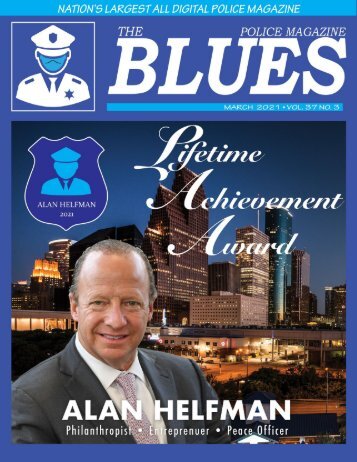
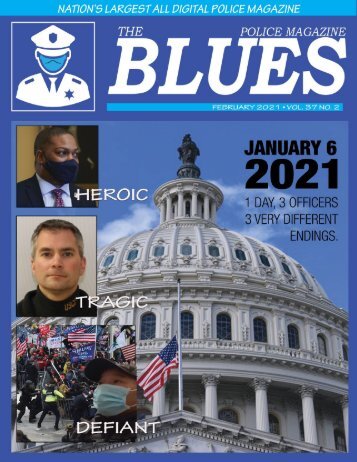

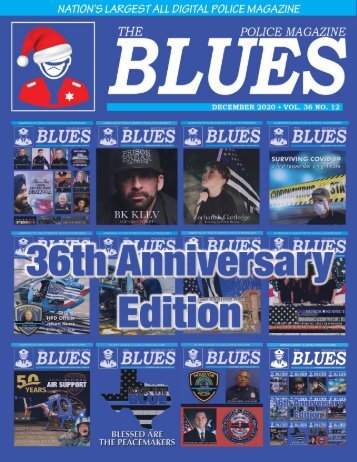
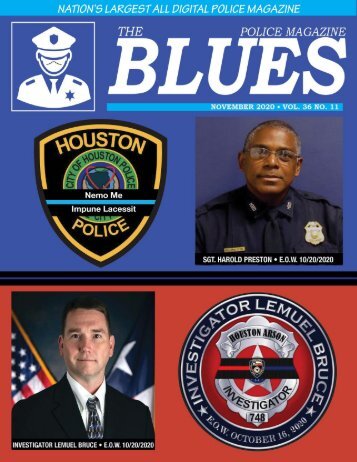
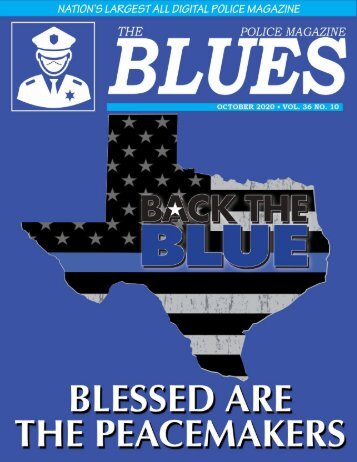
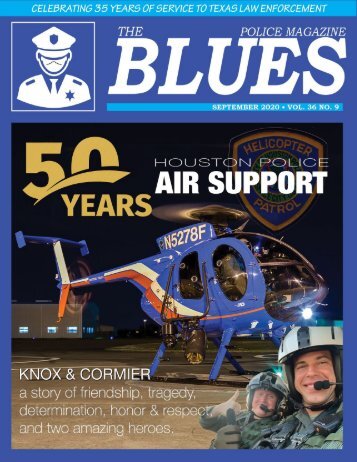
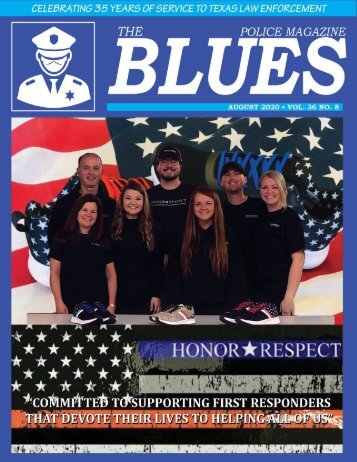
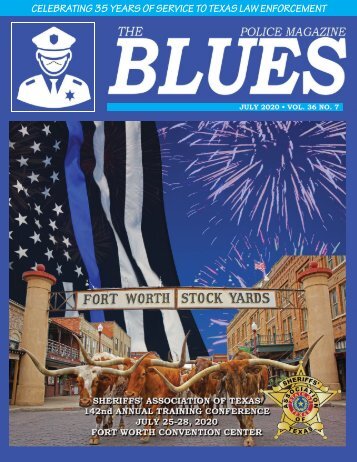
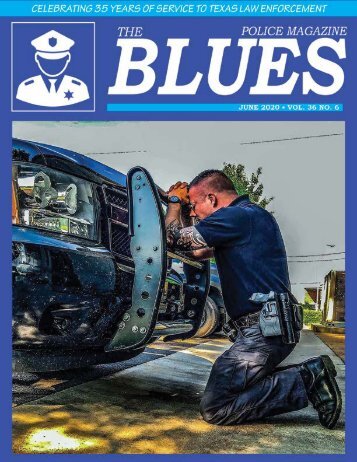
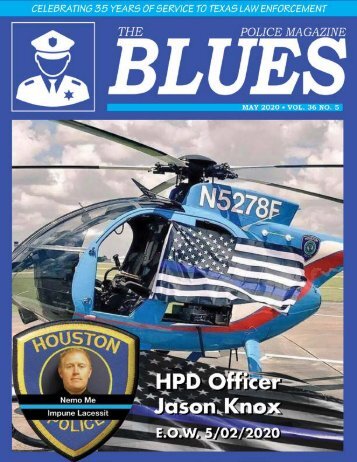


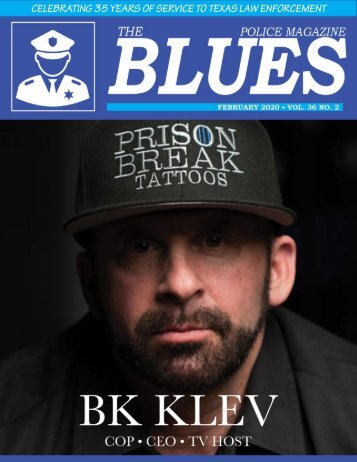
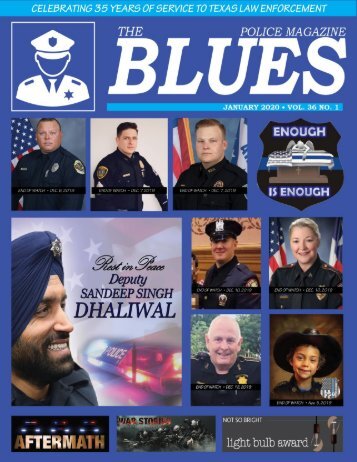
Follow Us
Facebook